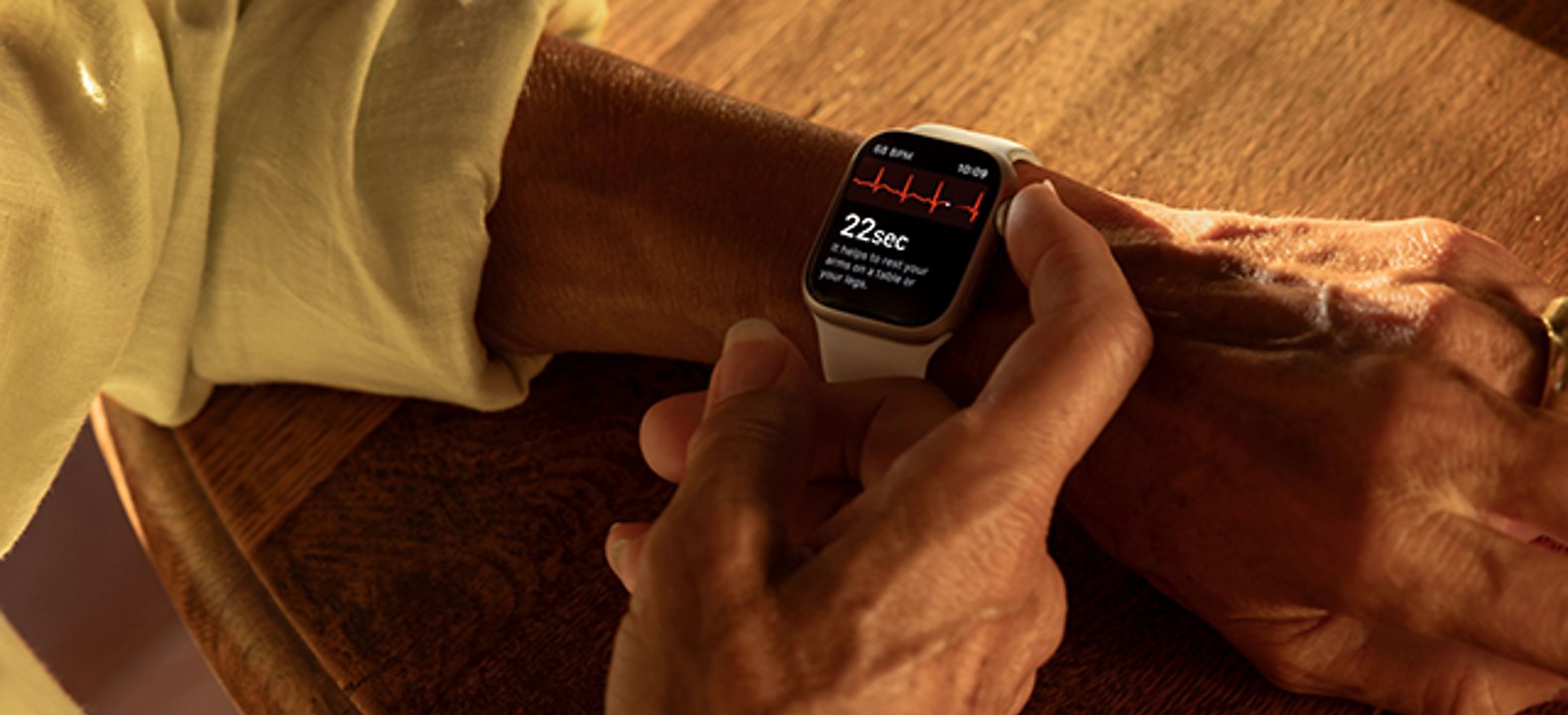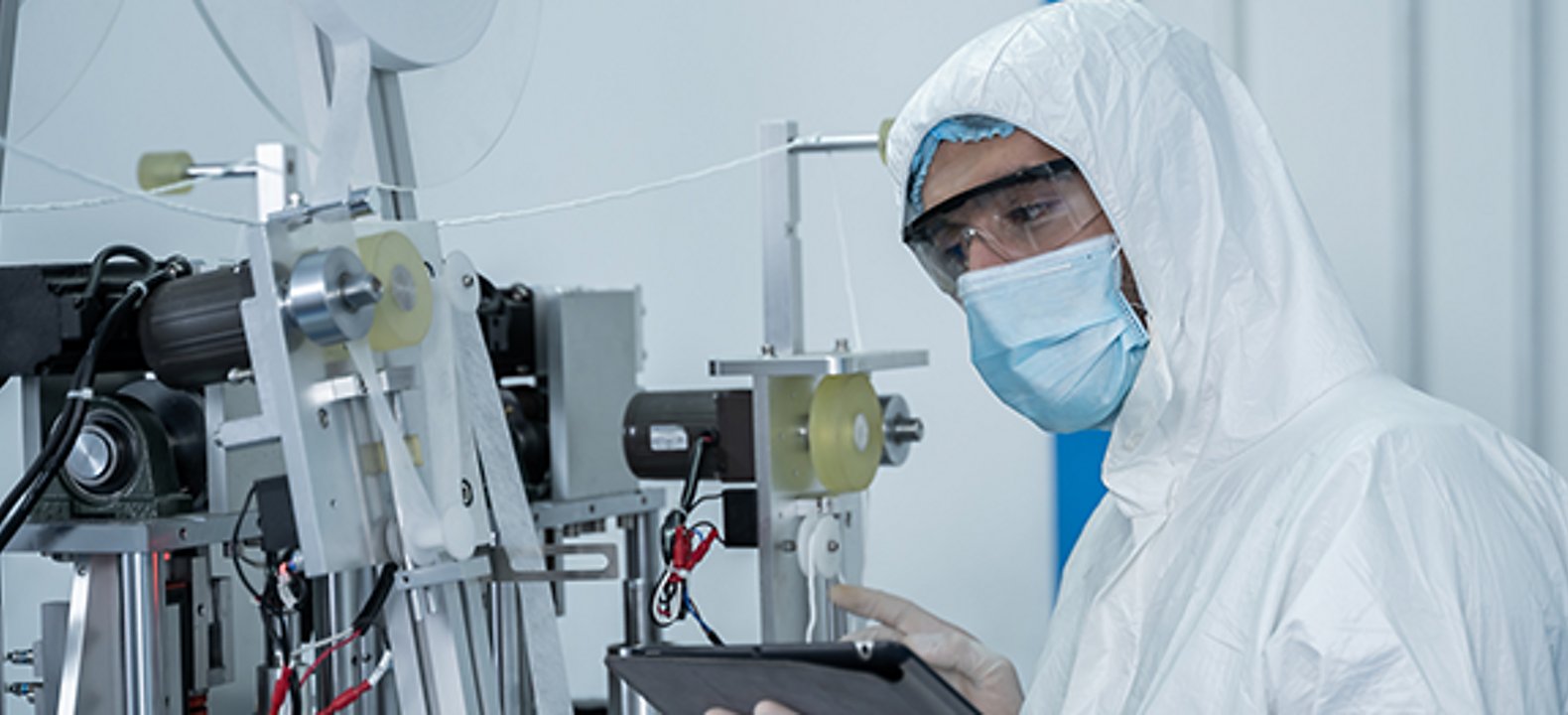Share this article:
Related content.
What does value-based healthcare look like in 2023
A 5G network will continue to be an integral component of the digital transformation journey in healthcare.

Care anywhere: A framework for a future model of healthcare.
How four emerging trends influenced the “care anywhere” movement.

How medical manufacturing rose to the challenges of the COVID-19 pandemic.
Organizations innovated to produce PPE and vaccines fast, with lessons for the future about the value of combining smart manufacturing technology with 5G connectivity.

For rural healthcare providers,5G technology promises to be a game changer. And for the patients, 5G might even be a lifesaver.
5G's revolutionary capabilities can help rural medical practitioners remotely diagnose and treat underserved patients in remote locations while supporting workflows that improve providers' efficiency and effectiveness. As emerging technologies make greater use of these capabilities, practitioners will be armed with the capacity and analytic support to improve treatment options and outcomes for their patients.
Not merely an upgrade from 4G, 5G can propel digital communication into a new realm—its potential for extreme bandwidth and shorter lag time allows it to transmit massive quantities of data at breathtaking speeds.
5G networks can quickly relay large images and other medical data, including wireless X-ray and MRI transmissions, and provide smooth video streaming for specialists' near-real-time remote viewing of these files. Advanced artificial intelligence (AI) analytics give medical professionals support they've never had before, helping them sharpen diagnoses and create targeted treatment plans to help patients live healthier lives. Doctors, nurses, and other care team members can identify, and address patient needs much more quickly and easily no matter where they are—in the next town or across the country.
The 5G network can enable patients and providers to spend less time in transit, offering enhanced access to timely services with fewer delays. The results? Improved health for patients and greater efficiency and job satisfaction for caregivers. Emerging 5G-enabled technology, which may seem futuristic, will soon become the standard for care delivery.
Rural healthcare solutions using 5G.
Here are four ways 5G is changing rural healthcare today:
Advanced telehealth: As helpful as telehealth has been to doctors caring for rural patients during the pandemic, 5G can elevate remote patient care. For instance, doctors at Nagasaki University Hospital (NUH) in Japan recently collaborated with doctors in the remote Goto Islands to detect esophageal cancer in very early stages using a 4K endoscopic camera along with local 5G and fiber networks to share the large data files near real-time. "Telemedicine was already being conducted, but there were problems with poor image resolution and time lags," NUH director Dr. Nakao Kazuhiko told Reuters Plus. "Using local 5G and fiber networks, our specialists have been able to work remotely with doctors at Goto Central Hospital on the islands to treat patients as if they were in the room together."
Extending the reach of providers: Virtual care delivery, when successfully implemented, can streamline work processes and save healthcare providers’ precious time.
Find out about smart services that can help deliver better patient care.
Virtual patient queueing—which removes waiting periods that in-person care commonly brings—lets physicians spend more time with their patients, see people who otherwise might not have been able to travel for care, and work more efficiently from a single location. That's a big win for physician job satisfaction and patient experience.
Low-band 5G technology can bridge the distance required for providers to reach homebound patients. And nascent technology like smart bandages that were recently developed by researchers in Singapore—which can connect to an app to provide assessments of wounds every 15 minutes—will enable practitioners to identify early signs of infections and other complications through the near real-time transmission of these critical observation data, over high-speed 5G.
Enhanced safety: Not only does AI-enabled advanced analytics furnish providers with actionable information that allows them to detect and respond to early signs of patient decline, but it can also provide caregivers with enhanced protections when conditions are challenging or dangerous. 5G-connected robots supported care for COVID-19 patients at a smart hospital in Wuhan, China, reducing caregivers' exposure to the virus. Someday, providers may send robots to rural locations to broaden access to care and protect human caregivers from exposure to infectious outbreaks.
Emerging use cases: Several next-generation technologies and applications are beginning to make a real difference in healthcare. In a 5G-enabled world:
- Artificial intelligence can analyze and organize data for human consumption beyond the speed of human thought.
- Wearable devices can detect subtle trends and alert medical practitioners to these early changes before symptoms develop.
- Virtual reality can bring caregivers and patients together with haptic technologies that let remote providers "feel" the patient—a game changer for remote physical exams.
These scenarios provide a glimpse into the art of the possible. But as 5G rolls out, its potential for low latency (lag) and high bandwidth can give hospitals, clinics, and caregivers a critical connection with their rural patients that is safe, reliable, convenient, and immediate.
5G is driving telehealth innovation.
The 5G expansion is rapidly spreading across the globe, even to the most remote areas. By 2027 more than 4.4 billion customers, or more than half the world's population, is expected to have 5G access. This fast, vast bandwidth heralds’ good news for rural medical professionals and their patients. And
To learn more about how
5G: Capable device required; coverage not available in some areas. Some uses may require certain plan or feature; see
Want even more trends, insights, and success stories?
Interested in